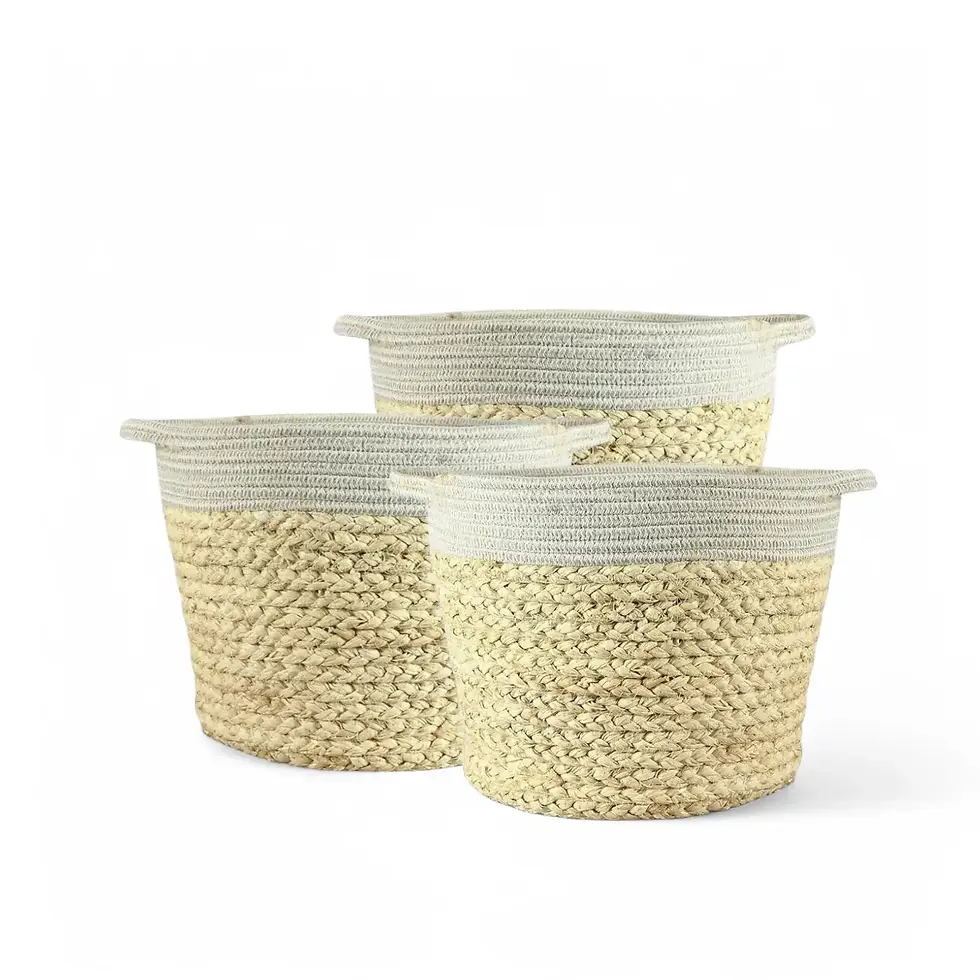Olea europaea - Growth and Maintenance
The European olive tree, Olea europaea, is a long-lived evergreen that brings a touch of Mediterranean charm to indoor and outdoor spaces. With its silvery-green, leathery leaves, gnarled trunk, and slow-growing nature, it has both ornamental value and practical uses. Over time, its thick, textured bark develops deep fissures, enhancing its rugged appeal. The slender, elongated leaves create a shimmering effect when exposed to sunlight, making the tree a striking visual addition to any setting.
During spring and summer, clusters of small, creamy-white flowers emerge, releasing a delicate fragrance. If conditions are ideal, these blossoms develop into olives—though successful fruiting indoors is rare without cross-pollination and high light exposure.
What Makes Olea europaea Special?
- Foliage: Narrow, leathery, silvery-green leaves with a contrasting underside.
- Bark and Trunk: Develops a gnarled, fissured texture over time, adding character.
- Flowers and Fruit: Produces small, fragrant white blossoms that can develop into olives in warm, sunny conditions.
- Longevity: Can live for centuries under the right care, making it a long-term investment.
- Drought-Tolerant and Low Maintenance: Thrives with minimal watering and attention.
- Anti-Microbial Properties: Olive leaves contain oleuropein, a natural compound with antimicrobial benefits.
Olea europaea - Natural Habitat and Growth Details
- Native Climate: Warm, Mediterranean climates with annual temperatures between 15°C and 30°C.
- Rainfall: Prefers low to moderate precipitation (~400-700mm annually).
- Indoor Growth: Typically reaches 1.5 to 2.5 meters but grows much larger outdoors.
- Growth Rate: Slow-growing—typically 15-30 cm per year.
- Lifespan: Can live for centuries with proper care.
- Toxicity: Non-toxic to humans and pets. However, raw olives are extremely bitter and require processing before consumption.
Olea europaea Plant Care Guide
→ Placement
- Prefers full sun—at least 6-8 hours of direct light daily.
- Best placed in south-facing windows, conservatories, or well-lit balconies.
- Can be grown outdoors in mild climates but must be protected from severe frost.
→ Light Requirements
- Essential for healthy growth—insufficient light may lead to leggy stems and weak foliage.
- Indoors: Supplement with grow lights during winter if light levels drop.
→ Watering
- Water sparingly—allow the top 5 cm of soil to dry out before rewatering.
- Overwatering can cause root rot, so ensure the pot has drainage holes.
- Reduce watering during dormant winter months.
→ Humidity and Airflow
- Prefers moderate to low humidity—avoid high-moisture environments.
- Needs good air circulation to prevent fungal growth.
→ Temperature Tolerance
- Thrives in 15°C to 30°C.
- Can withstand brief temperature drops down to -5°C, but prolonged frost can be damaging.
- If temperatures fall below -8°C, protect the plant with horticultural fleece.
→ Soil and Pot Selection
- Well-draining, sandy or loamy soil with added grit or perlite is ideal.
- Avoid moisture-retaining or heavy composts.
- Terracotta pots are recommended for better moisture regulation.
→ Repotting
- Repot every 2-3 years to refresh soil and provide room for root growth.
- Choose a slightly larger pot with ample drainage.
- Trim roots if necessary to maintain a compact size.
→ Fertilizing
- Use a balanced, slow-release fertilizer every 6-8 weeks during the growing season.
- Avoid high nitrogen fertilizers, as they encourage excess leaf growth at the expense of fruiting.
→ Propagation
- Semi-hardwood cuttings in summer are the most effective propagation method.
- Seeds require stratification and have a slow germination rate.
- Can also be propagated via air layering, though this takes longer.
→ Common Issues and Solutions
→ Pests
- Scale insects and spider mites → Inspect leaf undersides regularly. Treat with neem oil or insecticidal soap.
- Mealybugs and aphids → Wipe off manually or introduce natural predators like ladybugs.
→ Root Rot
- Typically caused by overwatering or poorly draining soil.
- Use a fast-draining mix, and ensure the pot has adequate drainage holes.
→ Leaf Issues
- Yellowing leaves → Often due to excess water or lack of nutrients. Adjust watering and fertilization.
- Drooping leaves → Can signal underwatering or heat stress—increase watering slightly if the soil is too dry.
- Leaf tip browning → Usually a result of excess salts in the soil—flush soil periodically.
Frequently Asked Questions about Olea europaea
- Can an olive tree survive indoors year-round? Yes, but it requires strong direct sunlight and proper care to remain healthy.
- How can I encourage my olive tree to fruit? Ensure maximum sun exposure, provide occasional temperature fluctuations, and use a balanced fertilizer.
- How long does an olive tree live? With proper care, olive trees can live for centuries—some Mediterranean specimens are over 1000 years old!
Order Your Olive Tree Today! Bring a Mediterranean icon into your space. Whether kept as a decorative houseplant or an outdoor feature, Olea europaea is a stunning, low-maintenance choice. Order now and enjoy its timeless beauty!
Olea europaea
Olea europaea comes in following sizes:
S – comes in a ⌀ 14 cm ⌀ pot and is approximately 30 cm tall
M – comes in a ⌀ 14 cm ⌀ pot and is approximately 50 cm tall
L – comes in a ⌀ 19 cm ⌀ pot and is approximately 90 cm tall
XL – comes in a ⌀ 21 cm ⌀ pot and is approximately 110 cm tall


























































